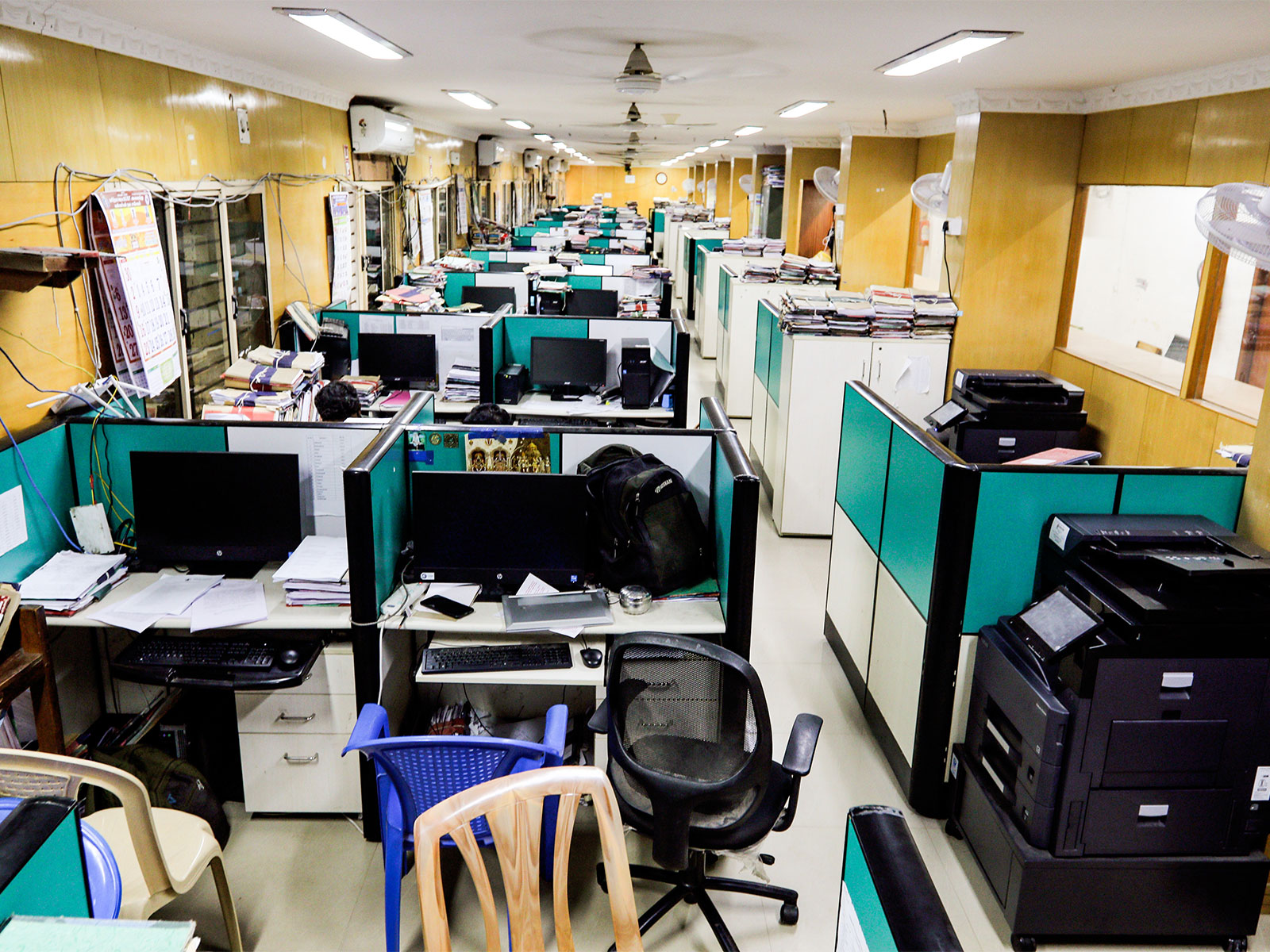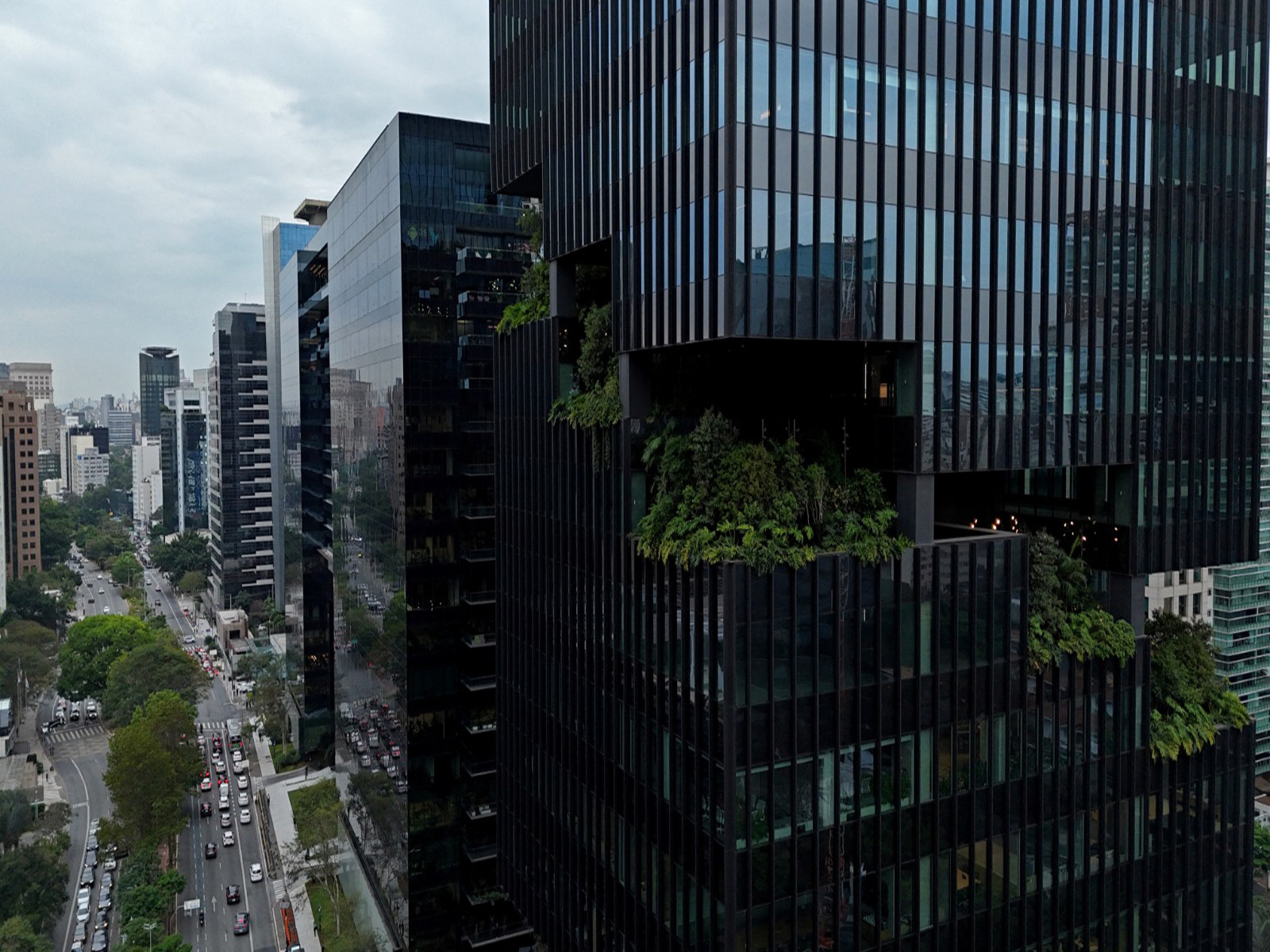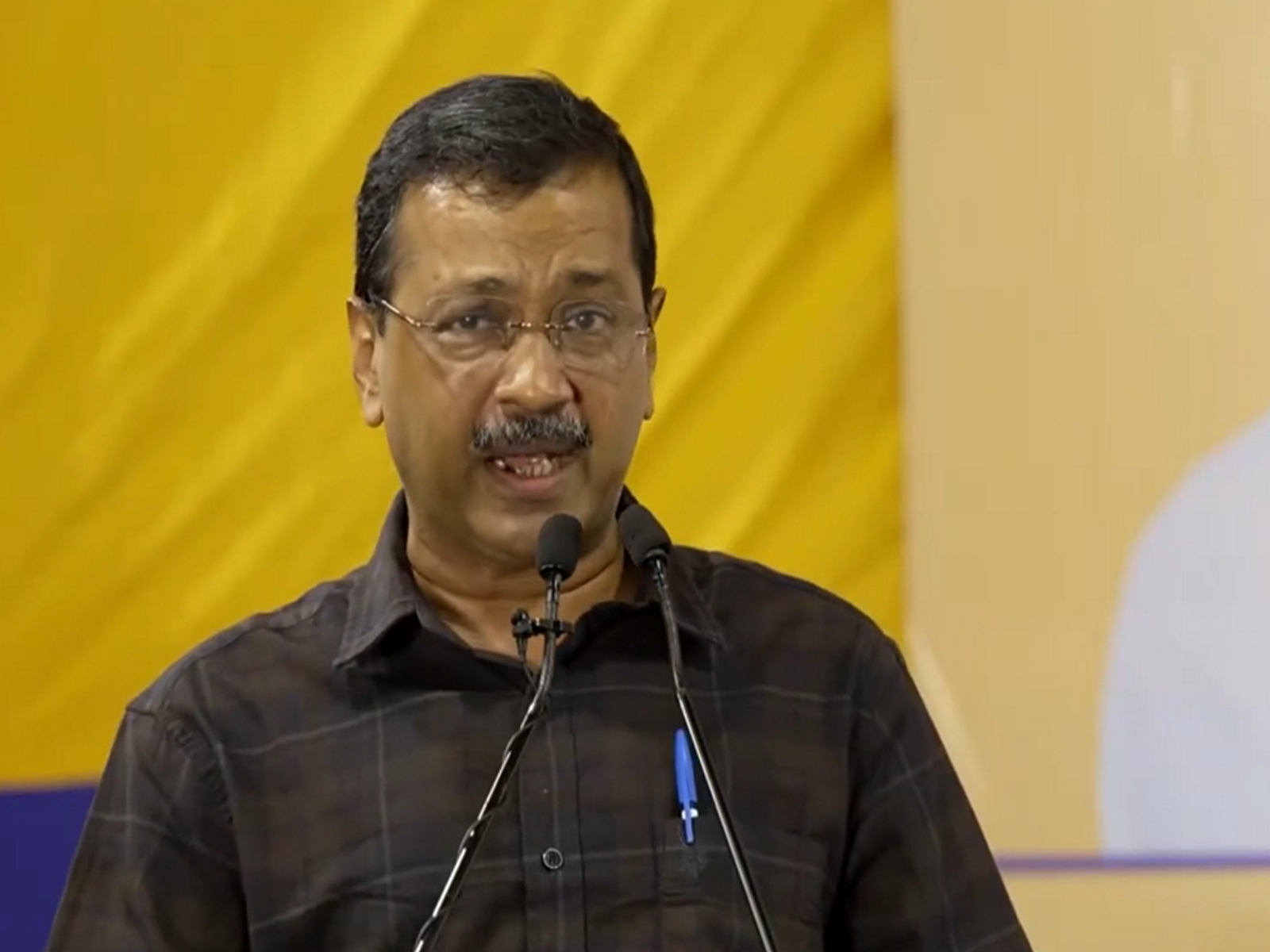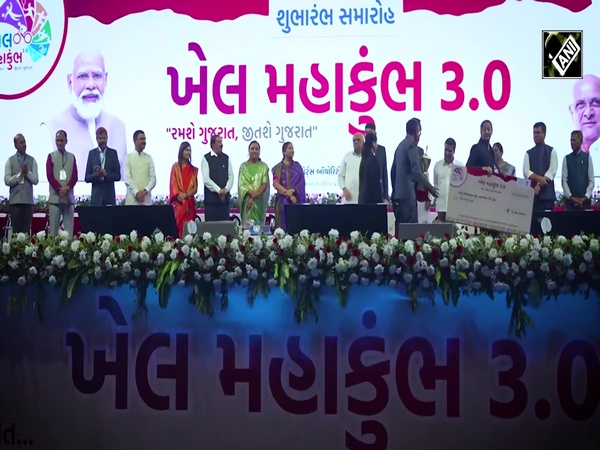India's Q4 GDP to grow 6.9%, lower than NSO's estimates of 7.6%: ICRA
May 19, 2025

New Delhi [India], May 19 : Indian economy is expected to grow at 6.9 per cent in the January-March quarter 2025, the official data for which is scheduled to be released on May 30 by the National Statistics Office, according to rating agency ICRA.
ICRA has projected the year-on-year expansion of the GDP to rise to 6.9 per cent in Q4 2024-25 from 6.2 per cent in Q3 2024-25, while significantly undershooting the National Statistical Office's (NSO) implicit estimate of 7.6 per cent for the quarter.
During the April-June, July-September, October-December 2024 quarters, the country's economy, in real terms, observed a growth rate of 6.7 per cent, 5.6 per cent, and 6.2 per cent, respectively.
On May 30, the provisional estimates of annual GDP for the entire 2024-25 fiscal will also be released.
As per the second advance estimates of NSO, the country's economy is projected to grow at 6.5 per cent in 2024-25.
The Reserve Bank of India had also projected 6.5 per cent GDP growth for the fiscal 2024-25.
Aditi Nayar, Chief Economist, Head-Research and Outreach, ICRA, "Both private consumption and trends for investment activity were uneven in Q4 FY2025, with the latter partly owing to tariff-related uncertainty."
Unless there are material revisions in the data for Q1-Q3 2024-25, ICRA projects a sharp step down in the full-year GDP expansion to 6.3 per cent in 2024-25 from 9.2 per cent in 2023-24.
India's GDP grew by an impressive 9.2 per cent during the financial year 2023-24, continuing to be the fastest-growing major economy. The economy grew by 7.2 per cent in 2022-23 and 8.7 per cent in 2021-22, according to official data.
The Indian economy is estimated to achieve a growth of 6.5 per cent in FY25 despite considerable external headwinds, the Department of Economic Affairs (DEA), Ministry of Finance said in a report in March. The Monthly Economic Review added that the performance of the economy in the past quarters was driven by strong agricultural and service sector performance on the supply side and a steady increase in consumption and core merchandise and services exports on the demand side.




















